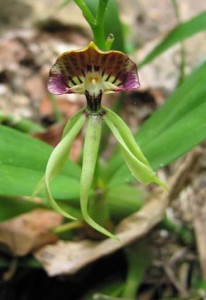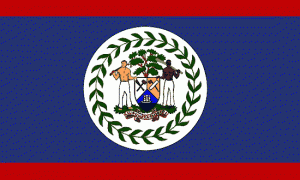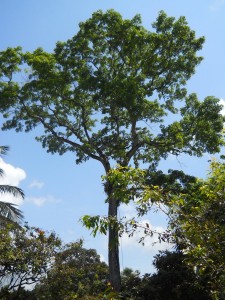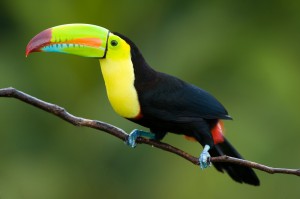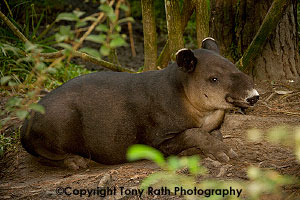A national symbol is a symbol of any entity considering itself and manifesting itself to the world as a national community: sovereign states but also nations and countries in a state of colonial or other dependence.
National symbols intend to unite people by creating visual, verbal, or iconic representations of the national people, values, goals, or history.
These symbols are often rallied around as part of celebrations of patriotism or aspiring nationalism (such as independence, autonomy or separation movements) and are designed to be inclusive and representative of all the peoples of the national community.
September 21st every year in every village, town and city. Belize Celebrates it’s Independence. People decorate their houses and businesses. Parades are organized and all come out to celebrate.
The Belize Flag with the Coat of Arms in the centre. The flag is Royal Blue with red stripes along the top and bottom, with the Coat of Arms in the middle. The coat of arms is divided into three sections by a vertical line and an inverted V. The base section represents a ship in full sail on waves of the sea. The two upper sections show tools of the timber industry in Belize: a paddle and a squaring axe in the right section and a saw supporting the shield are two woodcutters, the one on the right holding a beating axe over his shoulder in his right hand, and the one on the left holding a paddle over his shoulder in his left hand. Above the shield rises a mahogany tree. Below the shield is the motto scroll. A wreath of leaves encircles the Coat of Arms. The motto says: “Sub Umbra Florero”, meaning “Under the shade I flourish.” The Coat of Arms embodies an important aspect of the history of Belize, as the mahogany industry formed the basis of our economy in the 18th and 19th centuries.
The National Flower is the The Black Orchid. This orchid grows on trees in damp areas, and flowers nearly all year round. The black orchid flower has greenish-yellow petals and sepals with deep purple, almost black, with conspicuous radiating purple veins. This beautiful flower can be seen at the Mayan Sites and on jungle trails, like Blue Hole National Park and St. Herman’s Cave.
The National Tree is the Mahogany Tree and is one of the magnificent giants of the forest. Rising straight and tall to over a hundred feet from great buttresses at the roots, it emerges above the canopy of the surrounding trees with a crown of large, shining green leaves. In the early months of the year, when the leaves fall and new red-brown growth appears, the tree can be spotted from a great distance. The mahogany tree matures in 60 to 80 years. Mahogany dominated the economic, social and political life of our country until the middle of the 20th century. In the 18th century, mahogany was valued in Europe by cabinet makers, by the shipbuilding industry, and later by builders of railroad carriages. The forests of Belize contained a great deal of mahogany. The British settlers were ready to log it.
The National Bird of Belize is the Keel Billed Toucan. It is noted for its great, canoe-shaped bill, brightly colored green, blue, red and orange feathers The bird is about 20 inches in overall length. It is mostly black with bright yellow cheeks and chest, red under the tail and a distinctive white patch at the base of the tail. Toucans are found in open areas of the country with large trees. They make a monotonous frog-like croak. Toucans like fruits, and eat by cutting with the serrated edge of their bills. Often spotted on our Mayan Ruin Tours. Toucans nest in holes in trees, using natural holes or holes made by woodpeckers, often enlarging the cavity by removing soft, rotten wood. They lay two to four eggs which are incubated by both parents. The nesting stage lasts from six to seven weeks.
The National Animal of Belize is the Tapir
The Tapir or Mountain Cow (Tapirello Bairdii) is the largest land mammal of the American tropics. The tapir is a stoutly built animal with short legs, about the size of a donkey and weighs up to 600 pounds. Its general color is dusty brown with a white fringe around the eyes and lips, white tipped ears and occasional white patches of fur on the throat and chest. In spite of it’s local name, the tapir is not a cow. It is closely related to the horse and is also kin to the rhinosceros. The tapir is a vegetarian. It spends much of its time in water or mud shallows, and is a strong swimmer. The National Animal is protected under the wildlife protection laws of Belize, thus the hunting of the tapir is illegal.

